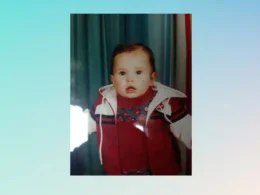In the classic bio-medical approach, traumatization is perceived as something that happens inside the individual.
From a psychosocial perspective, we look at traumatization in a broader sense – it happens not in an individual, but in a relationship. It is the relationship that is the context that mitigates or exacerbates the consequences of extreme stress experienced by individuals, couples, communities, and even entire societies.
Both traumatization and resilience are the result of relationships in which the unpredictable and unwanted happen.
The most resilient communities are those in which we find a diversity of roles, skills and habits that allow the community to adequately respond to a threat/disaster affecting its members.
They are also communities full of rituals – ceremonies, meetings, but also opportunities for collective recovery.
Trauma and resilience are, in this perspective, located in relationships. And it is relationships that have the greatest potential to integrate our most extreme experiences.
(A few of my reflections after listening to Jacek Saul today, talking about collective trauma; in private, Esther Perel’s husband).















